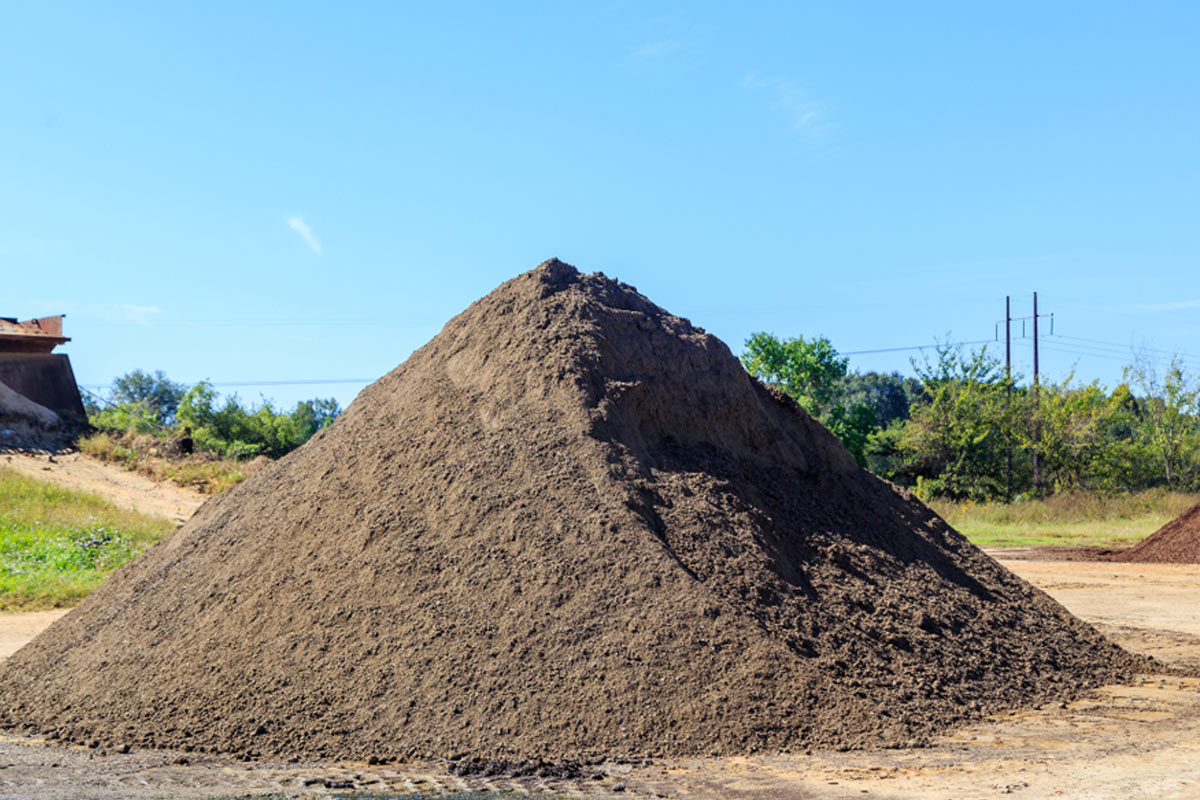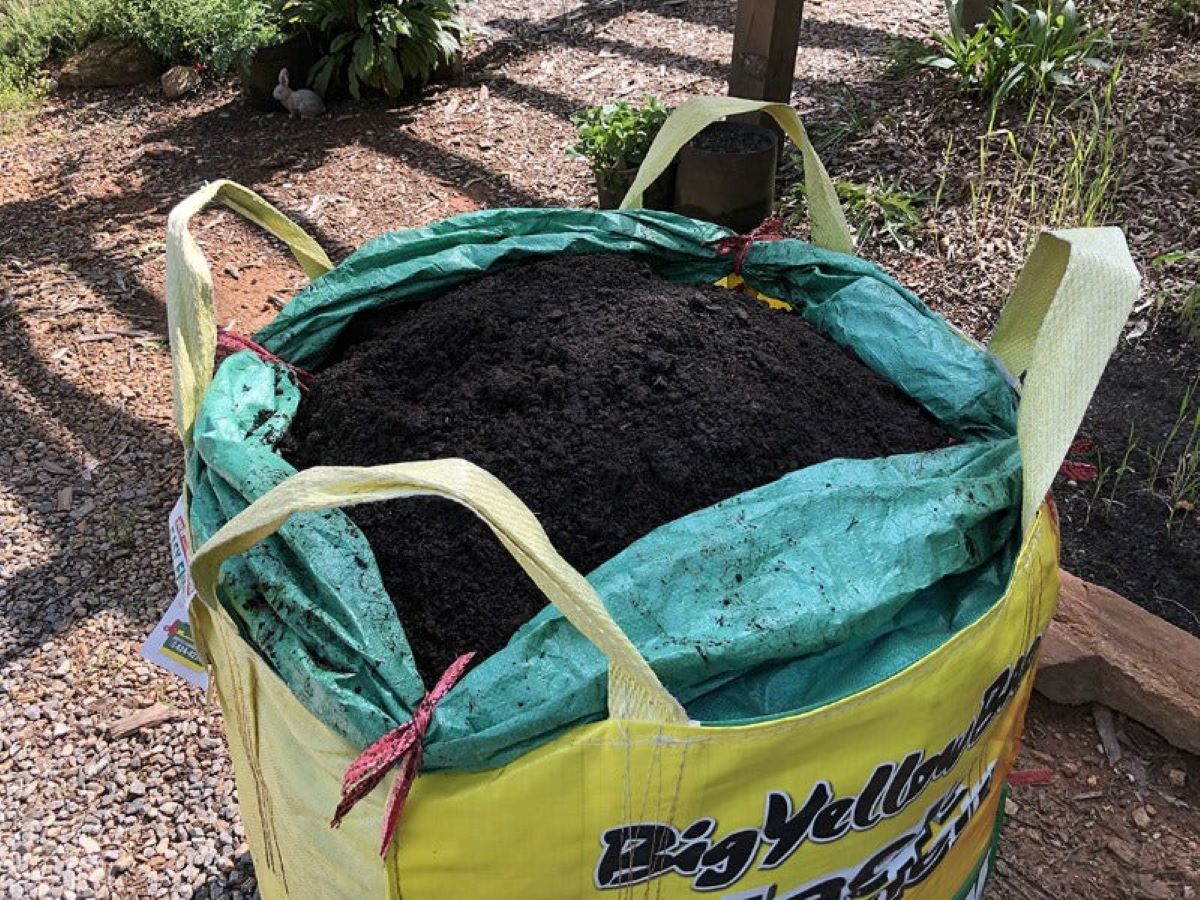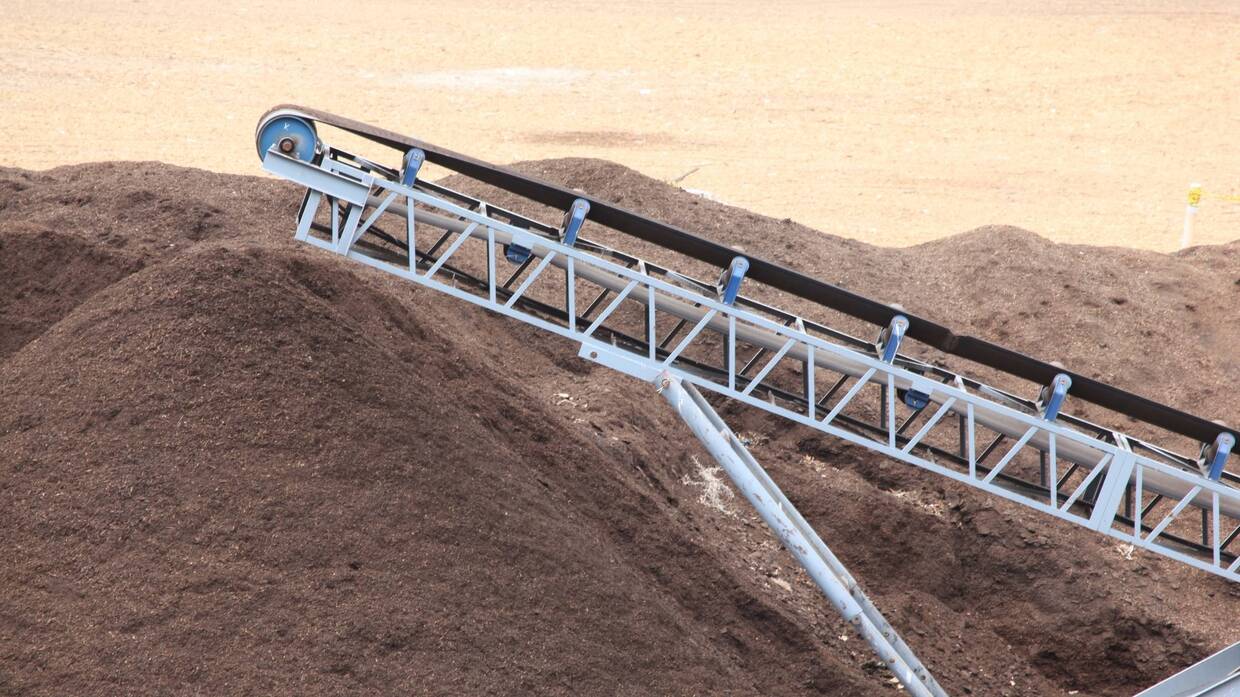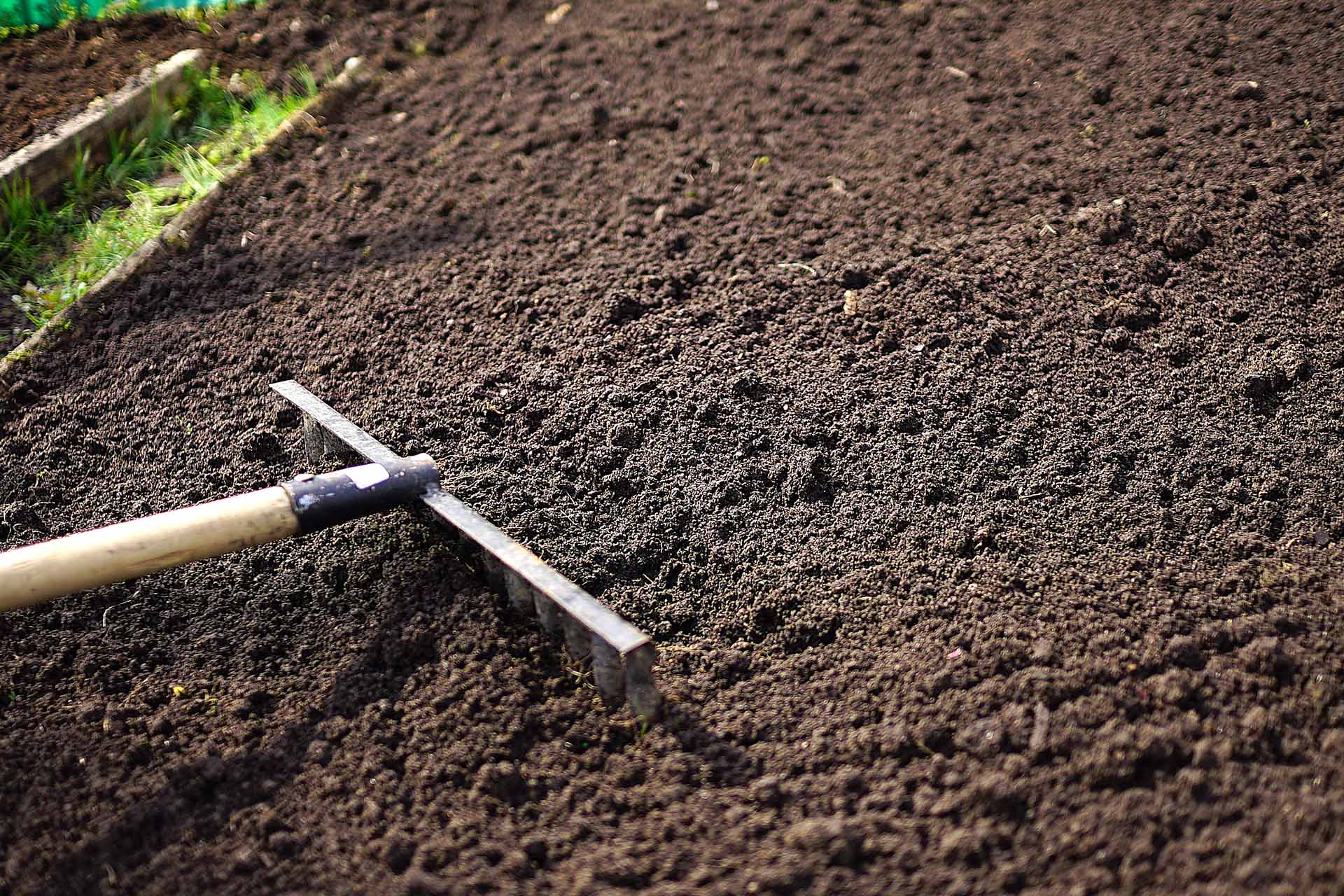Home>Gardening Basics>Understanding Soil>How Many Yards In A Ton Of Topsoil?


Understanding Soil
How Many Yards In A Ton Of Topsoil?
Modified: February 9, 2024
Discover the relationship between understanding soil and calculating topsoil quantities. Find out how many yards are in a ton of topsoil and make the most of your gardening projects.
(Many of the links in this article redirect to a specific reviewed product. Your purchase of these products through affiliate links helps to generate commission for Chicagolandgardening.com, at no extra cost. Learn more)
Table of Contents
Introduction
Welcome to the world of soil, where the foundation of life begins. Soil is a complex and vital component of our planet’s ecosystem. It provides a habitat for countless organisms and plays a critical role in supporting plant growth. Understanding soil is not only fascinating but also essential for various fields such as agriculture, horticulture, and environmental science.
In the realm of soil, one important concept to comprehend is the measurement of topsoil in yards and tons. Whether you’re a homeowner embarking on a landscaping project or a professional in the construction industry, knowing how many yards are in a ton of topsoil is crucial for accurately estimating quantities and managing budgets.
However, before we delve into the calculation, let’s first explore the basics of yard and ton measurements and gain an understanding of the factors that can influence the density of topsoil. By mastering these fundamentals, you’ll be better equipped to make informed decisions when it comes to handling and procuring topsoil for your projects.
So, let’s embark on this journey of exploration and unravel the mysteries of soil measurement, allowing you to gain confidence and expertise in this fascinating field.
Understanding Yard and Ton Measurements
Before we dive into calculating the yards in a ton of topsoil, let’s first clarify the concepts of yard and ton measurements. These two units are commonly used in different industries, including construction, landscaping, and gardening.
A yard is a unit of measurement used to quantify volume, particularly for loose materials like topsoil. It is typically represented by the symbol “yd³” and is equivalent to 27 cubic feet. To visualize this, imagine a cube that is 3 feet long, 3 feet wide, and 3 feet tall. That cube represents one cubic yard.
On the other hand, a ton is a unit of weight commonly used in various industries. It represents 2,000 pounds or approximately 907 kilograms. In the context of topsoil, a ton refers to the weight of the material rather than its volume.
It’s important to note that the weight of topsoil can vary significantly based on its composition and moisture content. Moisture can add weight to the soil, making it denser. Different types of topsoil, such as clay or sand, can also have different densities, affecting the overall weight per volume.
When working with topsoil, it’s essential to have a good understanding of both yard and ton measurements. While contractors and suppliers often refer to topsoil in terms of tons, you may need to convert that measurement into yards to determine the volume required for your project. Having this knowledge allows for more accurate estimation and planning.
Now that we have a grasp of yard and ton measurements let’s explore the factors that can influence topsoil density and, in turn, impact the calculation of yards in a ton of topsoil.
Factors Affecting Topsoil Density
The density of topsoil can vary depending on several factors. Understanding these factors is crucial for accurately calculating the yards in a ton of topsoil. Let’s explore some of the key factors that can affect topsoil density:
- Moisture Content: The moisture content of topsoil plays a significant role in its density. Soil with higher moisture content tends to be denser and heavier, while drier soil is lighter. It’s important to note that topsoil naturally contains some moisture, and this moisture can vary depending on factors such as climate and weather conditions.
- Composition: The composition of the topsoil can greatly influence its density. Different types of soil, such as clay, silt, and sand, have different densities. For example, clay soil is generally denser than sandy soil due to the smaller particles and higher water-holding capacity of clay. Understanding the composition of the topsoil you’re working with is essential for accurate calculations.
- Compaction: The degree of compaction also affects topsoil density. Compacted soil is denser than loose soil since it has fewer air spaces between particles. Factors such as foot traffic, heavy machinery, and natural processes can contribute to soil compaction. Compacted topsoil may require additional measures, like aerating, to improve its density and overall health.
- Organic Matter: The amount of organic matter present in the topsoil can impact its density. Adding organic matter, such as compost or decomposed plant material, can improve soil structure and increase its porosity. This, in turn, can affect the density of the topsoil. Higher levels of organic matter can make the soil lighter and more loosely packed.
- Prior Manipulation: Topsoil that has been previously disturbed or manipulated can have a different density than undisturbed soil. Factors such as grading, leveling, and excavation can affect the density of the topsoil. Considering the history of the soil and any prior manipulation is essential for accurate density calculations.
By taking these factors into account, you can gain a better understanding of the density variations in topsoil. This understanding will enable you to calculate the number of yards in a ton of topsoil more accurately, ensuring that you procure and use the correct amount for your project.
Calculating Yards in a Ton of Topsoil
Now that we have a solid understanding of yard and ton measurements, as well as the factors that can influence topsoil density, let’s explore how to calculate the number of yards in a ton of topsoil. This calculation is essential for accurately estimating the amount of topsoil needed for a project. Follow these steps:
- Determine the Average Density: To calculate the yards in a ton of topsoil, we first need to determine the average density of the topsoil you are working with. This can be done by measuring a specific volume of topsoil, such as a cubic yard, and weighing it to determine its weight in pounds. Divide the weight by the volume to obtain the average density in pounds per cubic yard.
- Convert Tons to Pounds: Since the average density is measured in pounds per cubic yard, we need to convert the weight of one ton of topsoil into pounds. As mentioned earlier, one ton is equal to 2,000 pounds.
- Calculate Yards: Now that we have the average density in pounds per cubic yard and the weight of one ton in pounds, we can calculate the number of yards in a ton of topsoil. Divide the weight of one ton by the average density to obtain the number of yards.
It’s important to note that the calculation will vary based on the density of the topsoil you are working with. So, it’s recommended to perform this calculation for the specific type of topsoil you are using to ensure accurate results.
By following these steps, you can confidently determine the number of yards in a ton of topsoil, enabling you to plan and procure the right quantity for your project. Remember to account for any variations in topsoil density due to different factors such as moisture content, composition, compaction, organic matter, and prior manipulation.
Conclusion
Understanding the measurements of topsoil in yards and tons is crucial for anyone involved in projects that require landscaping or soil management. By comprehending yard and ton measurements, as well as the factors that influence topsoil density, you can accurately calculate the number of yards in a ton of topsoil and make informed decisions about the quantity needed for your specific project.
Throughout this article, we’ve explored how a yard represents a unit of volume, while a ton refers to a unit of weight. We’ve also discussed factors such as moisture content, composition, compaction, organic matter, and prior manipulation that can impact topsoil density. By considering these factors and performing the necessary calculations, you can accurately estimate the amount of topsoil required and avoid the costly mistakes of over or underestimating.
Remember, the density of topsoil can vary depending on these factors, so it’s essential to gather accurate data for the specific type of topsoil you are working with. Taking the time to measure and weigh the topsoil will provide you with the basis for the calculation and ensure the most precise results.
Armed with this knowledge, you can confidently tackle your landscaping or construction projects, knowing that you have a solid understanding of topsoil measurement and can effectively plan and manage your resources.
So go forth and apply your newfound knowledge, and may your projects flourish with the right amount of topsoil to support healthy plant growth and create the landscape of your dreams!








